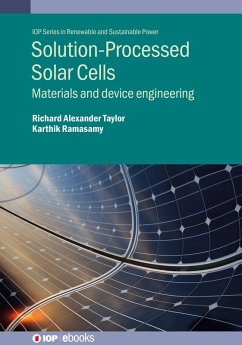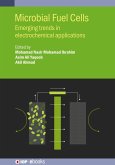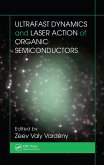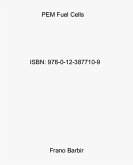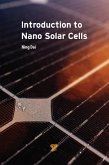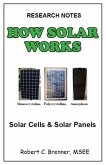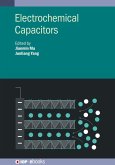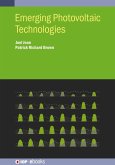The field of photovoltaics (PVs) is rapidly advancing to meet global energy needs. Traditional vacuum-based PV fabrication is costly, prompting a shift toward solution-based methods. This has led to the rise of emerging technologies like perovskite solar cells, quantum dot solar cells, organic solar cells, nano-ink based solar cells, and dye-sensitized solar cells, achieving efficiencies near 30%. This book offers a comprehensive overview of these technologies, focusing on their chemical and physical foundations, components, and working mechanisms . It highlights recent developments, challenges, and future prospects, making it a valuable resource for researchers and students exploring the capabilities of solution processed solar cells.
Key features:
Key features:
- Covers the latest advancements in solution-processed solar cell technology
- Highlights challenges and presents opportunities for advancement and applications
- Introduces and intertwines fundamental concepts with practical experimental approaches and outcomes
- Pedagogical features include working mechanisms with illustrations, step-by-step guides and case studies
Dieser Download kann aus rechtlichen Gründen nur mit Rechnungsadresse in A, D ausgeliefert werden.

